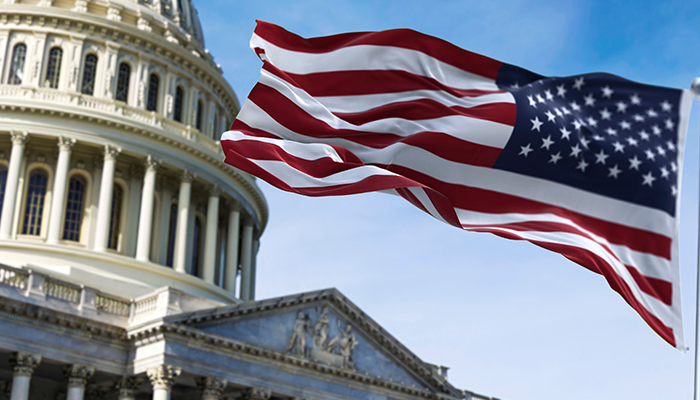The SAFE Bet Act Explained

On September 12, 2024, Representative Paul Tonko (D-NY) and Senator Richard Blumenthal (D-CT) introduced the so-called SAFE Bet Act – the Supporting Affordability and Fairness with Every Bet Act. If passed into law, the legislation will affect the sports betting industry on the federal level with several new regulations. Now, let’s dive into the proposed bill and its main provisions.
Key Provisions of the Act
Both US Representative Paul Tonko (D-NY) and Senator Richard Blumenthal (D-CT) are among the more vocal opponents of the legalization of sports betting across the country. And while their bill isn’t after a total ban on such activities, it definitely aims to introduce more strict regulations in the sector. To break it down for you, we’ve included the key provisions of the Act below:
| Advertising Limits | The SAFE Bet Act wants to restrict sports betting ads airing between 8 a.m. and 10 p.m. and during live sports events. It’s thought that minors are most likely to see such ads during these timeframes, and that’s exactly what the Act wants to avoid. |
|---|---|
| Affordability Checks | Affordability checks are already standard in other countries, such as the UK. Essentially, the SAFE Bet Act wants to cap the number of deposits per day to 5, ban the usage of credit cards for gambling, and carry out mandatory affordability checks for spending over $1,000 in 24 hours or $10,000 in 30 days. |
| AI Restrictions | Another key provision of the Act is banning the use of AI to track gambling behavior, send personalized offers, and create products such as microbetting. All of this is considered predatory and a major contributor to the increase of problem gambling issues. |
| National Oversight | This is probably one of the most significant changes laid down in the SAFE Bet Act. Basically, states will be required to meet minimum standards by applying for certification from the US Attorney General. This will supposedly heighten the regulations in the country and make the sports betting sector safer. |
| Public Health | As stated by Senator Blumenthal, the ultimate goal of the SAFE Bet Act is “stopping addiction, saving lives” by creating a more secure environment for players and limiting the negative consequences of problem gambling. This is true, especially for the younger, more vulnerable parts of the population across the country. |
Key Takeaways from the SAFE Bet Act
The SAFE Bet Act represents a significant federal effort to address the growing concerns surrounding sports betting in the US. By focusing on national standards for advertising, affordability, and AI regulation, the bill seeks to protect vulnerable individuals, particularly younger audiences, from the potential harms of gambling.
While the Act has sparked debate between federal authorities and state regulators, its public health focus underscores the need for stronger protections as sports betting continues to expand nationwide. Whether or not the bill is passed, it has already reignited conversations about responsible gambling and the balance between state and federal oversight.
 by
by